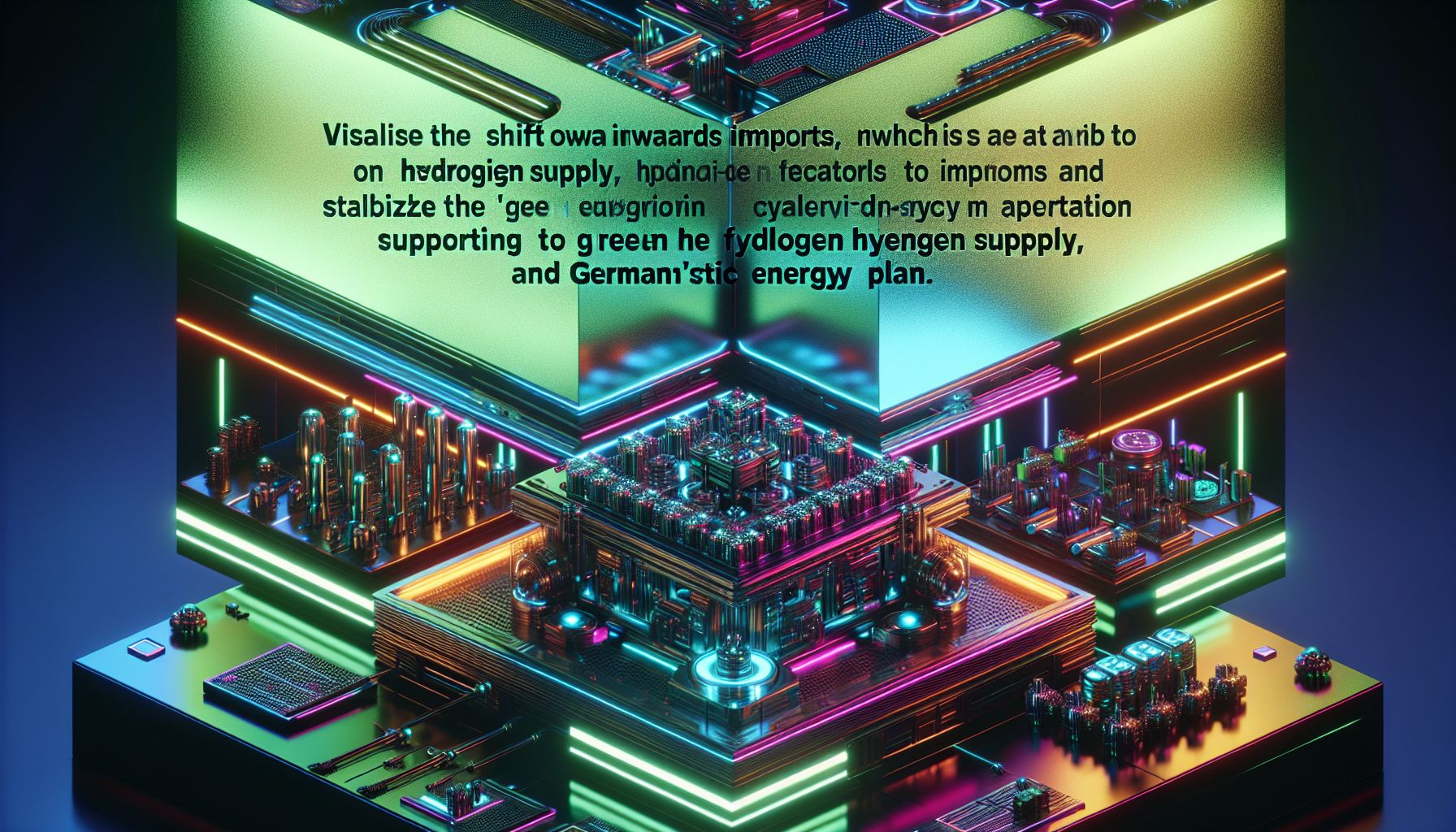Germany's Bold Hydrogen Plan: A Shift Towards Imports

Berlin, Thursday, 9 October 2025.
Germany is shaking up its hydrogen game by revising subsidies and focusing on imports. This move aims to stabilise green hydrogen supply, supporting Germany’s ambitious energy goals. Why? To lead the hydrogen sector while tackling domestic setbacks and global dynamics.
Germany’s Hydrogen Strategy Overhaul
Germany’s recent announcement to overhaul its hydrogen subsidies, focusing more on imports, marks a strategic pivot aimed at stabilising the country’s green hydrogen supply. The decision stems from challenges in the domestic hydrogen market, where progress has been slower than anticipated [1][2].
The Rationale Behind the Shift
So, why the change? According to Hanna Schumacher, who leads the hydrogen and gas infrastructure department at the economy ministry, the initial hydrogen ramp-up didn’t meet expectations, prompting a reconsideration of current strategies. Schumacher emphasised that the focus would now be on ensuring the success of initiatives, even if it means slowing down the pace and scaling back on ambitious targets [1].
The Economic Implications
Germany’s revised strategy includes significant investments, with €9 billion earmarked for hydrogen-related projects over the next five years. The goal is to increase hydrogen imports by 50% by 2030, which aligns with Germany’s commitment to a low-carbon economy [2][5]. However, policymakers remain cautious, particularly concerning the cost of support mechanisms, referencing past experiences with renewable subsidies that were deemed financially burdensome [1].
Global Leadership Ambitions
Germany’s ambition to lead in hydrogen technology is not new. The country aims to secure its position in the global hydrogen market, leveraging imports to meet domestic demand while nurturing its own production capabilities. This strategy is part of a broader commitment to achieve carbon neutrality by 2045 [3][5].
Navigating the Challenges
The hydrogen market is fraught with challenges, from high production costs to complex logistics. Germany’s move to increase imports addresses some of these issues, but the government acknowledges the chicken-and-egg dilemma of supply and demand. By strategically locating electrolysers, Germany hopes to use excess renewable electricity effectively, thereby integrating hydrogen production more seamlessly into the energy system [1][2][5].
Looking Ahead
As Germany revises its hydrogen strategy, the focus will be on balancing cost control with the need for rapid progress. The government is keen to avoid past pitfalls and aims to present credible financial instruments that assure stakeholders of manageable costs [1]. This careful balancing act could define Germany’s success in becoming a hydrogen powerhouse.
Bronnen
- www.cleanenergywire.org
- www.sciencedirect.com
- www.bundeswirtschaftsministerium.de
- www.bundeswirtschaftsministerium.de
- fuelcellsworks.com